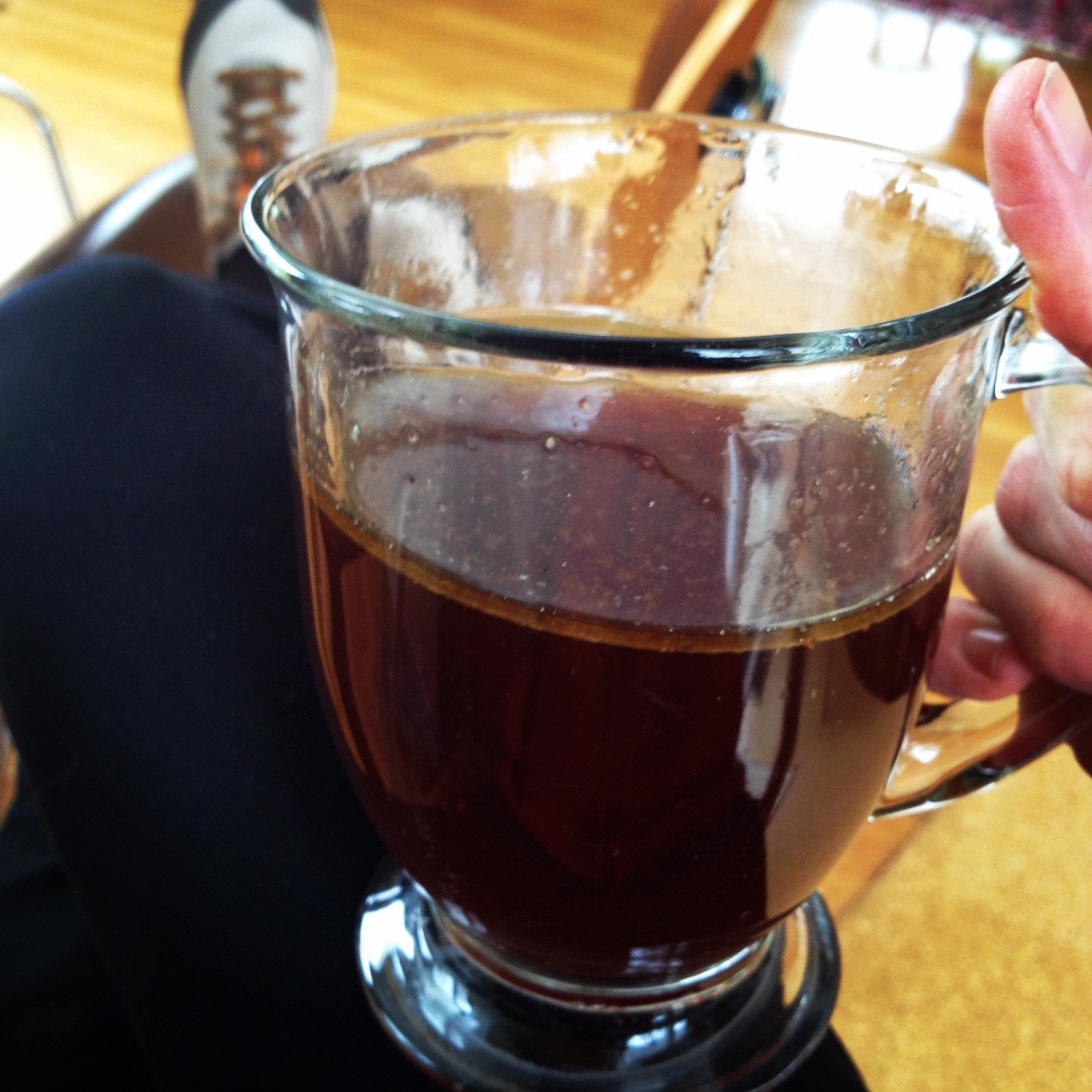The Pot Stirrer’s Broths
Nourish. Food is the mortar for our castle’s walls and is a key element in warding off and rebounding from illness (more on the castle as metaphor for immunity in another post). Winter is a good time to slow down and think through how you are feeding yourself. Quality and habits matter for not only digestion; but for proper absorption of the minerals and goodness our healthful diets have to offer to us.
Have you ever noticed that those times you are really stressed, eating junk, not sleeping and BAM. Sick. Yea. I hate that. During cold & flu season and if you are recovering from an illness, injury or surgery– pay particular attention to reducing refined sugars, excess caffeine (a tough one for me — I love my espresso), excess alcohol, conventional dairy and gluten. These foods not only lack in the nutrient density needed for healing; they negatively affect blood sugar, sleep patterns, adrenals– the whole lot of it.
Make sure the meals that you eat throughout the week are filled with healthy, organic and even wild plants of all colors (I love late afternoon snacks of veggie juices and smoothies as easy ways to get extra fruits & veggies into my day), eat fermented foods (pickles, kimchi, kefirs — all are probiotic dense and FANTASTIC for digestion), bitter flavors (stimulates bile production — also AWESOME for digestion), and healthy fats (get your Omega 3s!!). Oh, and Vitamin D! And C! And….
Broths! I am a big believer of the nutritive power of mineral dense plant & bone broths. Both are key components in my cooking and broth is a useful food to easily get nutritive plants and minerals into my family’s diet in a bioavailable way.
Bone broth has been in simmering on the stoves of healing kitchens across the globe and across time — In Traditional Chinese Medicine, the bone broth is a key component to building yin deficiency and nourishing the body, and the Jewish Bubbe knows that chicken soup is her form of penicillin. It’s an ancient food.

As a cook, a good broth (vegetable, chicken or beef) is a must to have on hand in the pantry and is essential in many recipes. I guess I’ve become a bit spoiled — my homemade broth is leaps above the stuff at the supermarket and making it at home allows for quality and price control. And as an herbalist, I know how healing a good bone broth can be for a recuperating body and can help build immunity.
Bone broths build blood, support the adrenals, build connective tissues, bones, teeth, and gums in a whole foods way rather than solely derving the minerals we need from supplements. Broths can be especially powerful when power-packed with nutritive herbs and medicinal plants like nettle, red clover, oatstraw, seaweeds, horsetail, astragalus, burdock and wild foraged medicinal mushrooms like reishi, maitake, shitake, and chaga.

While there is no replacement for the tissue healers that come from cooking with bones (from healthy, pastured animals), plant-based broths (simple decoctions of plants) can be equally valuable for those wishing to adhere to plant-based diets. You’ll find my recipe below is pretty plant packed, and super powerful. I’ve included my recipes at end the of this piece.

I use both the bone and plant broths for sipping warm in a mug — a perfect food when sick, particularly with fever or for feeding the body when recuperating from surgery or severe illness. I prefer to enjoy it rich and full-flavored. If it is too rich for your tastes, broth can easily be thinned with additional water to taste. I also integrate broth into soups, use them to cook grains, rices & pastas, and even add the plant broth into smoothie recipes for added minerals.
A note on my recipes — I cook by sense and feel. Ingredients listed are in “ish” amounts. Please let me know if you have questions, or share links to additional broth making resources — I am always looking for great information.

Plant-Based Broth. (Vegan) High in bioavailable minerals such as Magnesium, Calcium, Silica, Potassium.
Herbal infusion mixture — Goal is approx. 2 cups (ish) dry herb total: Red clover, Nettle, Raspberry leaf, Oatstraw, Astragalus (2 sticks), Bull kelp seaweed, Horsetail (if suffering from muscle tissue injury), dry Burdock, JujuBe, and Wolfberries. In case of Gluten Intolerance, remove Oatstraw and increase Nettle, Red Clover, Raspberry leaf.
1 cup dry mushroom of choice — Shitake, Chaga, Reishi, Maitake — mix match as you wish, or 3 TBSP powered mushroom (MushroomHarvest online offers great mushroom blends). Mushrooms can support cellular repair, have powerful polysaccharides, and are antioxidant rich. Plus they are magical.

Simmer herbal mixture and mushrooms and decoct SLOWLY in 4 qts of water for 20 minutes. Simmer, boil, whatever. I used to be really concerned about the boil until I realized what I was shooting for here was simply a MINERAL EXTRACTION from the plant material. You can’t destroy minerals with heat – they are an earth’s element so heat won’t destroy them and a long cooking/extraction time is needed to extract minerals.
Strain & store in Ball Jars or containers and refrigerate. Keeps for 2 days. Freezes well. I love this as chilled ice tea, warm in a mug, added to smoothies (in place of the water) or as my vegan base for soups and other dishes.
I also soak grains, cook rices, pasta in this sweet, yet neutral flavored broth. For a more aromatic broth, sweat carrots, celery, onion and garlic then add broth with a bouquet to create a more flavorful soup more suitable for French style soups. It’s very versatile.

Bone Broth
Brown 2 lbs of organic, pastured soup bones (LocalHarvest.org for sources near you — I love using oxtail) in a large stockpot (I have a big 12 quart pot that works well for this). For chicken broth, I brine and then roast a whole chicken, remove the meat and use the softened bones in soup with a small ratio of water, herbs. But similar process. And I always make sure to add the feet.
Add a few tablespoons of oil along with chopped carrots, onions and heads of garlic. Sweat. Then add 1 cup vinegar to deglaze the pan (those are the good, tasty bits) and this will help extract minerals from the bones. Cover completely with water and fill the stockpot. Stir in additional dry herbs:
1 cup Bull kelp (or other) seaweed
1 cup Nettle
1 cup Raspberry leaf
1 cup Oatstraw
1 cup dry Burdock root (or several fresh roots, cleaned and chopped)
1 cup Red cover
1 cup Horsetail
1 cup Comfrey
2 cup Medicinal mushrooms (Shitake, Chaga, Reishi, Maitake)
Astragalus — a few sticks
1 cup Wolfberries
1 cup Jujubes
Bring all ingredients to the pot to a boil. Skim off scum that boils to the top, then reduce to a simmer. Over the course of 7 days, I bring the pot to a boil then simmer for 8-10 hours. I refrain from stirring the pot (haha) then strain through a colander and add into pint jars, which I then freeze for later use.
Food Safety 101 recap: When cooking stock on the stove top for extended periods of time, food safety can be managed by bringing stock to a boil and boil for at least 10 minutes before serving. Do the same before straining and putting into steralized jars to help ensure any potentially dangerous bacteria (i.e. botulism) is eliminated before eating or preserving.

Nourishing Burdock Stew (Can be Vegan, GF if made w/o Oatstraw)
Plant or Bone Broth, prepared as above directed above
1 cup brown rice — cooked, optional
1 cup adzuki bean — cooked, optional
1 onion, chopped
6 cloves garlic, chopped
3 reg sized, peeled and chopped Burdock root (available at many Asian grocers if you don’t dig it up yourself)
3 carrots, chopped
Salt, pepper to taste, or even Parsley, Thyme, Sage and Rosemary.
Sautee onion, garlic, sweat Burdock & Carrots, then stir in cooked rice & beans (optional). Cover with prepared plant or bone broth. Simmer again for 20 minutes to meld flavors. Eat and savor this nourishing, nutrient dense soup.
~~~~~~~~~
Additional resources:
Jim McDonald’s recipes, musings and links on Broth
Chef Michael Rhulman’s Recipe for a Stovetop Stock plus links & Yummy bacteria convo
The Nourished Kitchen on Bone Broths with links to easy crock pot recipes.
My favorite SeaWeed Source: NatureSpirit Herbs
Need herbs? Organic, bulk herbs available from Mountain Rose Herbs. But they can also sometimes be sourced locally using LocalHarvest.org.
Grassfed, pastured healthy bones for stock: LocalHarvest.Org for a farmer nearest you
Mushroom sources at Mushroom Harvest


For the bone broth, do you mean you simmer it for 8-10 hours every day for a week? Thanks!
Yes — I simmer my bone broths for this long to extract all the minerals from the bone. That means turning it on and off when I am home throughout the day (I have a home office, so this is easier for me, though I will often leave it on 4 hour chunks at a time). Some others prefer to simmer in a crockpot, but I don’t cook this way.
So it’s ok to leave it sitting out on the stove overnight? And, if I may, why do you choose not to use a crockpot?
I’ve let it sit out, I’ve put it in the fridge if I am away for an extended period of time. But more often I leave it out if I am going to reheat it back to a boil within 4-6 hours or so… Food safety protocol would have it to bring pot to boil and cook at this temp for at least 10 minutes to ensure bacteria is eliminated (and in this case, it’d be botulism of most concern).
So Food Safety 101 recap: Bring to a boil and boil for at least 10 minutes before serving. Do the same before straining and putting into jars to help ensure any potentially dangerous bacteria is eliminated before eating or preserving.
As for crock pots, I use one to make infused herbal oils, but I don’t like cooking with them. I have a pressure cooker for rices, grains. But for soups and stocks, there’s something about using a spoon and pot.
I’ve included a link to the Nourished Kitchen that does easy stock in the crock pot for those so inclined… And in the end, it’s not so much the process as it is just making the broth! So do what works for you and have fun developing your own art of the broth!! 🙂
Sincerely,
Lisa
Pingback: Nourishing the Pregnant Body
Pingback: Kick the Ick: Cold & Flu Herbal Tips & Tricks | Burdock & Rose
Pingback: What you may have missed this week | Natural Fertility and Wellness
Pingback: Crafting Your Cold & Flu GamePlan | Burdock & Rose
Pingback: Bone Broth Soup for Postpartum Wellness - Mother Reverence
Pingback: Nourishing With Herbal & Bone Broths | Burdock & Rose
thank so a lota lot for your web site it aids a lot